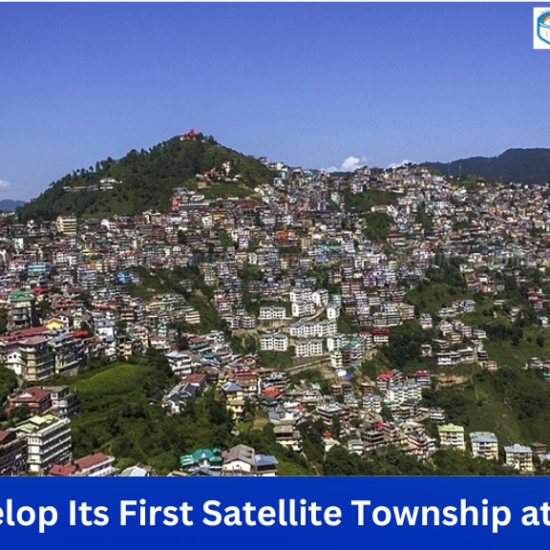Himachal’s Birth Rate Decline: A Looming Demographic Crisis
Why in News?

Himachal Pradesh is witnessing a sharp decline in its birth rate, raising concerns about a potential demographic crisis. Over the past two decades, the birth rate has dropped from 20.5 to below 12. Despite the state’s population increasing from 65 lakh in 2005 to around 80 lakh in 2024, the number of annual births has fallen from 1.34 lakh to approximately 88,000. This marks a significant reduction of nearly 45,000 births per year, indicating a major demographic shift. Experts attribute this decline to factors such as rising female literacy, delayed marriages, and increased contraceptive use. If the trend continues, the state could face serious socio-economic consequences, including an aging population and workforce shortages.
Understanding Birth Rate
The birth rate is defined as the number of live births per 1,000 people in a given year. It is a crucial demographic indicator that reflects population growth trends and influences economic and social planning. A stable birth rate ensures a balanced population structure, which is essential for maintaining a healthy workforce, supporting elderly care, and sustaining economic growth.
Comparative Birth Rate Trends
- Himachal’s birth rate (12 per 1,000) is significantly lower than the national average of around 18 per 1,000.
- Himachal’s Total Fertility Rate (TFR) of 1.47 is below the replacement rate of 2.1. Comparatively, Bihar has a TFR of ~3.0, while Kerala has ~1.6, showing regional differences.
Rural vs Urban Birth Rate
- The decline is more pronounced in urban areas, where economic factors and lifestyle changes play a significant role.
- Fertility rate differences exist among tribal and non-tribal communities, with traditional societies maintaining slightly higher birth rates.
Marriage and First-Birth Delays
- The average age of marriage in Himachal has risen to 26-28 years for women compared to earlier decades.
- Women are increasingly having their first child later, contributing to lower lifetime fertility rates.
Migration & Its Impact
- Outmigration of youth to other states for better job opportunities has reduced the number of young couples settling in Himachal.
- The declining agrarian economy has also influenced smaller family size preferences.
Importance of Birth Rate
- Population Growth and Stability: A steady birth rate ensures a balanced age distribution, preventing excessive population decline or growth.
- Economic Development: A stable working-age population supports economic productivity and sustains industries and public services.
- Social Structure Maintenance: Balanced birth rates help maintain family structures, reduce dependency ratios, and ensure intergenerational support systems.
- Healthcare and Welfare Planning: Governments rely on birth rate data to allocate resources for maternal and child health services, education, and social security.
Consequences of Declining Birth Rate
- Aging Population: With fewer births, the proportion of elderly citizens rises, increasing the burden on healthcare and social security systems.
- Shrinking Workforce: A declining number of young people entering the workforce could lead to labor shortages and economic stagnation.
- Reduced School Enrollments: Himachal has already seen government school enrollments drop from 9.71 lakh in 2002 to 4.29 lakh, impacting the education sector.
- Increased Elderly Care Demand: Fewer children to support aging parents will create a higher demand for professional caregiving services.
- Economic Challenges: A reduced working-age population could slow economic growth and strain pension and welfare programs.
Way Forward
- Encouraging Family-Friendly Policies: The government should introduce incentives for larger families, such as financial support, extended maternity/paternity leave, and affordable childcare.
- Enhancing Workforce Participation: Encouraging higher workforce participation, particularly among women, can help mitigate economic challenges posed by a declining young population.
- Investment in Elderly Care: Expanding healthcare and social security schemes for the elderly will be essential to address the growing aging population.
- Awareness and Social Initiatives: Campaigns to balance career aspirations and family life can encourage couples to have more children.
- Immigration and Skilled Workforce Policies: To counter labor shortages, policies promoting skilled migration from other states or regions can be explored.
Conclusion
The sharp decline in Himachal Pradesh’s birth rate presents both challenges and opportunities. While increased literacy and family planning have contributed to economic and social progress, the long-term consequences of a declining birth rate cannot be ignored. Policymakers must take proactive steps to balance demographic trends, ensure economic sustainability, and prepare for an aging population. Addressing this issue now will help secure a stable and prosperous future for the state.



